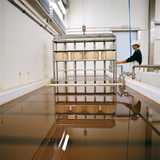Soft power nation: Italy / Italy
A question of taste
Italians have never really believed in hard politics. They’ve always known that the root to real power is through a person’s stomach, and have acted accordingly, building up an enviable array of world class food and drink brands.
If recent talks in Brussels over the fate of the eurozone are anything to go by, Italy’s prime minister Silvio Berlusconi wields little power on the international stage. Yet while the leader of the world’s eighth largest economy was little more than deadweight at the negotiating table, it’s unlikely the same treatment would have been meted out had discussions dealt with the dinner table. After all, when it comes to food, Italy is arguably the world’s lone superpower.
It’s no secret the Bel Paese’s most effective weapon to sway public opinion lies in its cuisine. From the Swiss Alps to Sydney’s suburbs, it’s hard not to run into a pizzeria or restaurant serving the country’s signature dishes in hopes of luring in customers – what hotel doesn’t have spaghetti with Bolognese sauce on the room-service menu? Little Italy neighbourhoods the world over have become de facto consulates to spread the message. It’s said Starbucks’ failure to get a foothold in Australia is largely due to postwar Italian immigration to Oz; the residents of places such as Melbourne’s Carlton district were already savvy enough to know what a shot of espresso should taste like.
Perhaps no Italian food has been more successful at winning hearts and minds than pasta. From spaghetti to strozzapreti – there were 500 shapes at last count – its consumption abroad is booming and in 50 countries it’s considered diners’ preferred meal. Italy now makes 3.2 million tonnes annually, half bound for export – in Europe alone, three out of four pasta dishes served are made from Italian products.
“It has become our best form of diplomacy,” says Roberto Burdese, president of Slow Food Italy. “Our politicians may be incredibly weak but on the flip side our food culture has deep roots. Our diversity is the attraction. There’s no single cucina italiana but regional varieties due to our climate and geography: the Mediterranean, mountains, lowlands. It’s Sicilian oranges, Sardinian cheese, wine, olive oil. It’s a unique mix.”
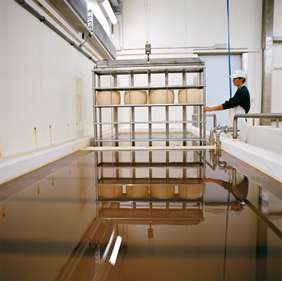
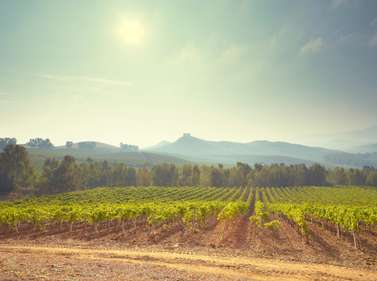

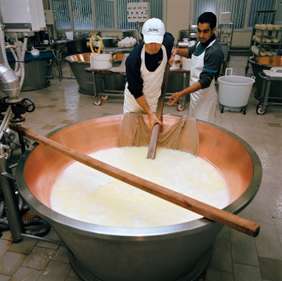
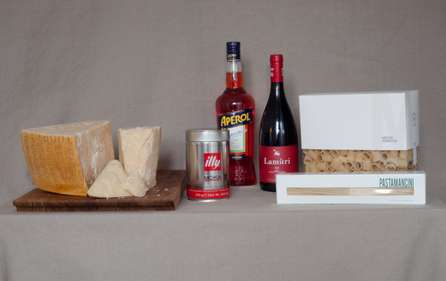
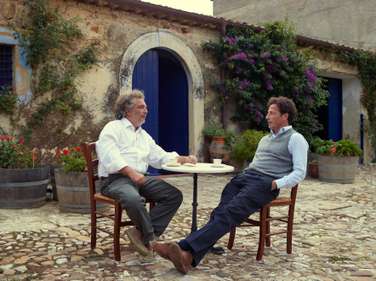
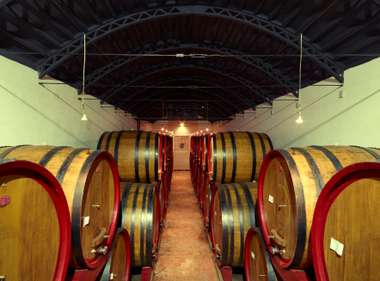
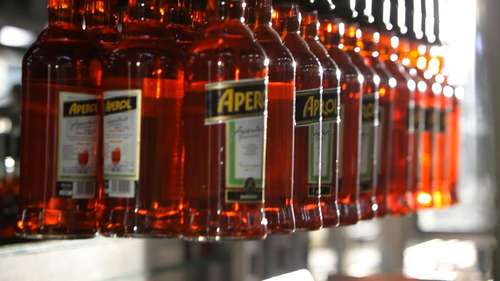
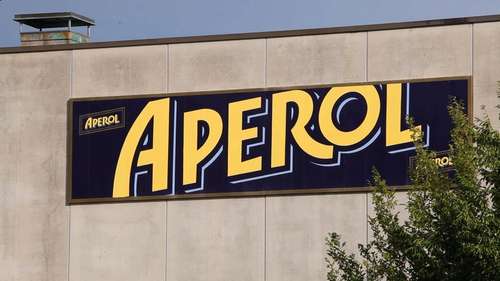
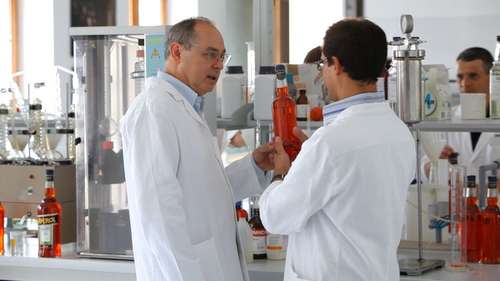

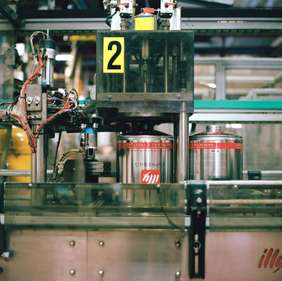
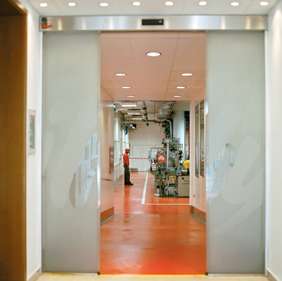
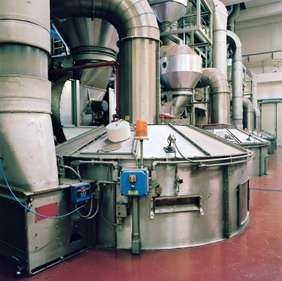
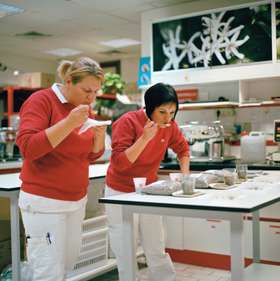
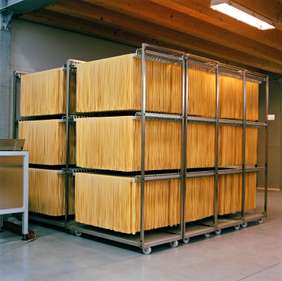


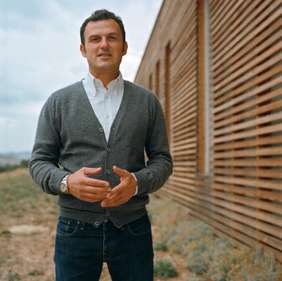
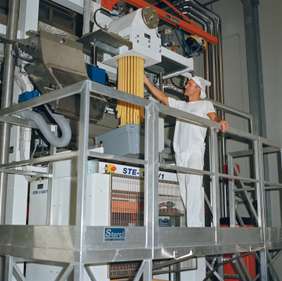
Burdese’s organisation is itself a perfect example of soft power. Back in 1986, when Carlo Petrini founded the group, the Cold War was raging and McDonald’s was seen as a benevolent force in the fight against communism. Few could have predicted the impact of the movement, with its antiquated logo (a red snail), on people’s eating habits. Today, the Slow Food movement has chapters in 130 countries, which champion locally produced agriculture and highlight the damaging effects of fast food culture on our waistlines.
Despite all the goodwill directed Italy’s way, it’s not always easy to translate it into tangible benefits. Food producers in other nations often simply hijack the country’s identity. Parmesan cheese (versus authentic parmigiano-reggiano, see box), salami and a slew of other imitation items with Italian-sounding names sit everyday on shelves to entice shoppers. Farm lobby Coldiretti estimates the country loses out on up to €60bn a year due to false “Made in Italy” foodstuffs. In this age of austerity, that’s spilt milk worth crying over.
Cow power
Caseificio Val Ceno is one of 392 licensed dairies that produce Italy’s best-loved cheese – parmigiano-reggiano – from the milk of cows that graze between the Po and Reno rivers. Andrea Biolzi rises at dawn to mix milk from the cooperative’s 200 cows with the previous night’s batch. Calf rennet is added to solidify the milk and the curd is broken up with a spino (large whisk). After heating to 55˚C, the cheese forms into a mass. It is pulled from the vat using a linen cloth, cut into two 40kg forms and placed in moulds. Each wheel is then immersed in salted water for four weeks before aging on beech wood shelves. After a year, inspectors ensure the wheel is solid inside – those that pass are fire-branded and mature for another one to two years.
caseificiovalceno.com
Monocle comment: Italy still boasts a vast number of artisanal producers
Spritz power
Concocted by the Barbieri family in Padua in 1919, Aperol was not an overnight success in Italy. Flavoured with a blend of bitter orange, rhubarb and other herbs and roots, the low-proof liqueur only started to achieve fame in the 1960s thanks to a catchy ad campaign on state broadcaster Rai during a popular prime-time comedy show. Aperol soon entered the lexicon of bar drinkers, who enjoyed it mixed with prosecco (or white wine) and soda water in a libation known as the spritz – a name that supposedly originated in the 19th century when beer-loving Austrian soldiers watered down their wine with sparkling water. Popular in the Veneto region (300,000 spritz are quaffed daily there), particularly in Venice where it can be enjoyed at lunchtime with a tramezzino sandwich, the drink is now enjoying a boom well beyond Italy’s borders.
aperol.com
Monocle comment: The Aperol spritz finally seems to be travelling out of Italy
Bean power
Since 1933, Trieste-based Illy has raised the simple practice of grinding and roasting coffee into a highly perfected science – third generation owner, Andrea Illy, has even published a book on the topic, Espresso Coffee: The Chemistry of Quality. Inside the Illy factory, sommeliers savour and spit dozens of espresso shots each day to guarantee taste is up to standards.
The brand’s laser-beam focus (yes, each arabica bean sourced from farmers in 15 countries is scanned electronically to weed out poor-tasting specimens) doesn’t end there. The company’s iconic red-striped tins, used by 50,000 top restaurants and cafés worldwide, undergo a series of tests to ensure the seal is airtight so the aroma of its unique blend doesn’t seep out. The end result is a dark, rich brew served in a demitasse cup, an act repeated six million times daily in households and on the high street in over 140 countries worldwide.
illy.com
Monocle comment: With Lavazza and Illy, Italy dominates the coffee world
Wheat power
Durum wheat is grown for pasta across Italy. However, it’s rare to find the pastificio, where the grain is turned into pasta dough and shaped into hundreds of forms from farfalle to fusilli, on the same premises. In 2001, Massimo Mancini, a third-generation farmer with a stint at pasta giant Barilla under his belt, decided to keep things under one roof.
On his 175 acres outside Monte San Pietrangeli in the Marche region, he harvests two varieties of wheat (Levante and San Carlo: the first helps maintain the pasta’s form; the second gives it elasticity), grinds them into flour and adds spring water sourced from the nearby Sibillini Mountains. The dough is then fed through bronze dyes, which give the pasta a rough texture that sauces will cling to. Spaghetti is then left to dry for 50 hours before being packaged.
The wait, according to Mancini, is worth it. “Today, good wine and olive oil are made everywhere but for pasta, people still want Italian.”
pastamancini.it
Monocle comment: The simplest example of al dente power

